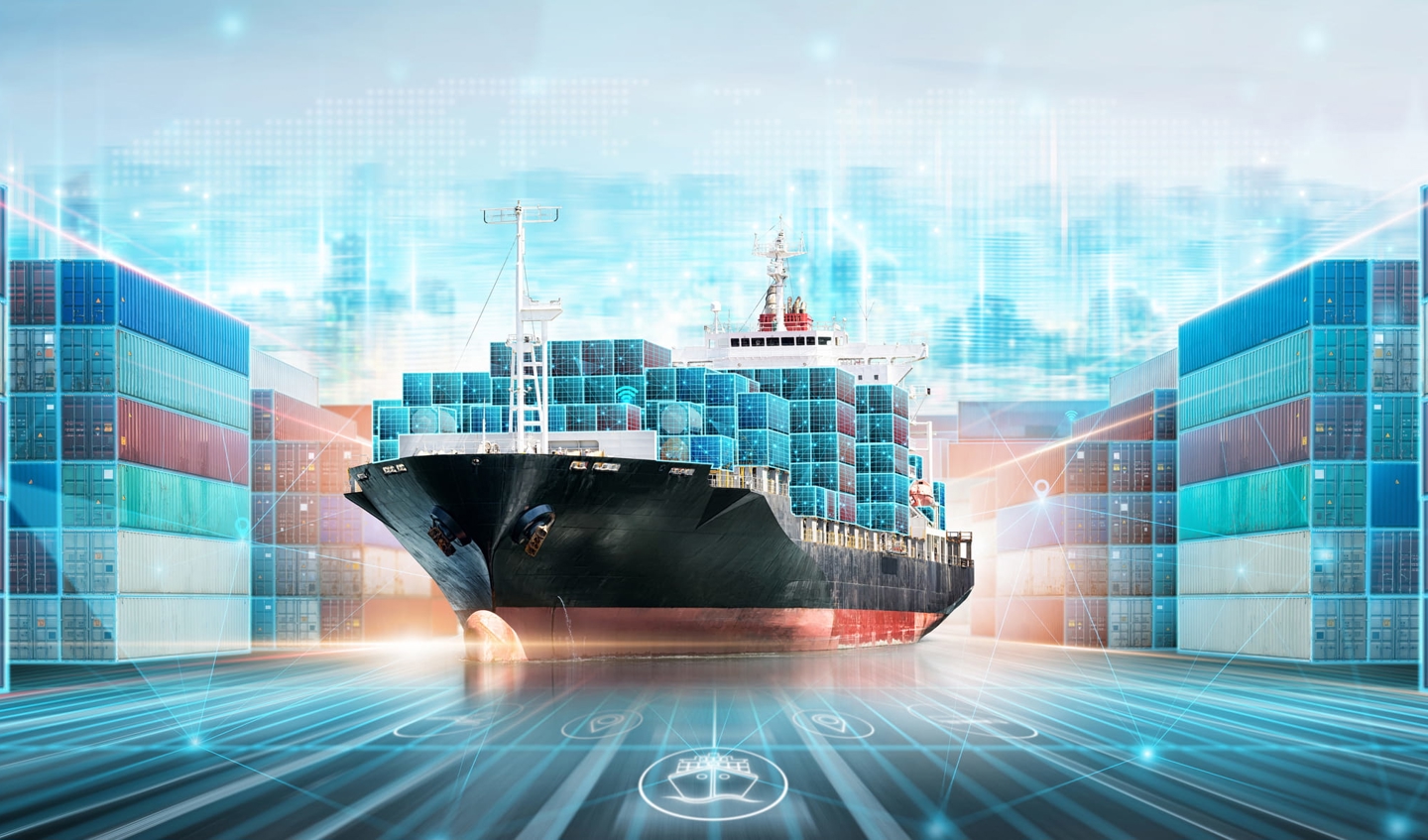The shipping industry has focused mainly on ship design and engineering issues in its bid to decarbonise. But the scale of the challenge means that decarbonisation must involve the entire supply chain of shipping, not just the shipping industry itself - from fuel suppliers scaling up production of zero-carbon fuels and manufacturers designing new engines, to port operators investing in new facilities and bunkering services for zero-emission vessels.
The engineering and technological know-how needed for the design and build of zero-emission vessels is one piece of the puzzle, but piloting and deploying these vessels at scale requires an infrastructure that is vast, diverse and complex. For zero-carbon fuels to become available and competitively priced at scale, the infrastructure to pump them into ships must also be ready.
"While the task ahead for shipping’s decarbonisation is daunting, the best approach is 'one bite at a time'"
The benefits of green corridors
The concept of the “green corridor” was first coined by the Global Maritime Forum as “a shipping route on which the technological, economic and regulatory feasibility of the operation of zero-emissions ships is catalysed through public and private actions.” The idea is to facilitate co-ordination between shipping vessels and their refuelling infrastructure within the value chain of specific trade routes between major ports where zero-emission solutions are well supported by regulators and policymakers.
Along a green corridor, shipowners can work with trusted stakeholders within their supply network to pilot a certain fuel pathway and create a system to share its costs and benefits. If proven successful, these green corridors can provide a workable model for other corridors to reduce shipping emissions, thereby creating a catalyst for wider decarbonisation of the sector.
Initially, zero-emission vessels will be more expensive to operate than fossil-fuelled vessels, with analysts estimating that shipowners need to prepare for a 50-65% increase in ship operating costs by 2030. This is where green corridors drive a concerted effort between private and public partners to reduce the cost gap of zero-carbon fuel deployment and de-risk investments through joint ventures or alliances

Bringing stakeholders together
The Silk Alliance, initiated by Lloyd’s Register Maritime Decarbonisation Hub, has been established for this purpose. It brings together stakeholders representing key nodes in shipping’s value chain, starting with container ships trading regionally that predominantly bunker in Singapore, which is the world's biggest bunkering port.
Named after the maritime section of the historic Silk Road linking South-East Asia to China, the Indian subcontinent and the Arabian peninsula, the very name of the Silk Alliance embodies the route’s diversity and ability to incorporate new technologies and cultures. The route also benefits from increasing regulatory support for shipping’s energy transition, demonstrated by Singapore recently establishing the Global Centre for Maritime Decarbonisation to chart a course for the port’s transition to cleaner fuels.
Current members of the Silk Alliance include shipowners, such as MSC Shipmanagement, Pacific International Lines, Wan Hai Lines, X-Press Feeders, Yang Ming Marine Transport Corp shipyard, Keppel Offshore & Marine; bunker logistical supplier Singfar International; engine manufacturer Wärtsilä; ship manager Wilhelmsen Ship Management; and financial institutions the Asian Development Bank and ING. The addition of PSA’s experience brings an extra dimension to the partnership; ports are uniquely positioned as catalysts for the decarbonisation in a multitude of sectors, ranging from maritime, energy, logistics and transport.
Our Singapore focus
One of the first initiatives for the Alliance was to identify a suitable green corridor containership fleet that trades at multiple ports in the Asia region but primarily bunkers in Singapore, with the view of later expanding to other ship types that also bunker in Singapore. The geographical focus of the Alliance can not only reduce emissions of cargo trade in the region, but can also incentivise the development of fuel supply infrastructure in strategic positions, and also present opportunities to engage developing countries in the region. Members are also collaborating closely to work out mechanisms, such as a preferential green-financing system to enable sharing of investment costs in the build and design of zero-emissions vessels, the retrofitting of current engines to run on zero-carbon fuels, and other agreements to accelerate the greening of the corridor.
While the task ahead for shipping’s decarbonisation is daunting, the best approach is 'one bite at a time' - the inter-connected shipping value chain requires that all components gradually develop to support each other. Once a successful green corridor can be built within the intra-Asia route, the spillover effect will generate the momentum needed for shipping to fulfil its 2050 zero emissions goal, on time and on target.








